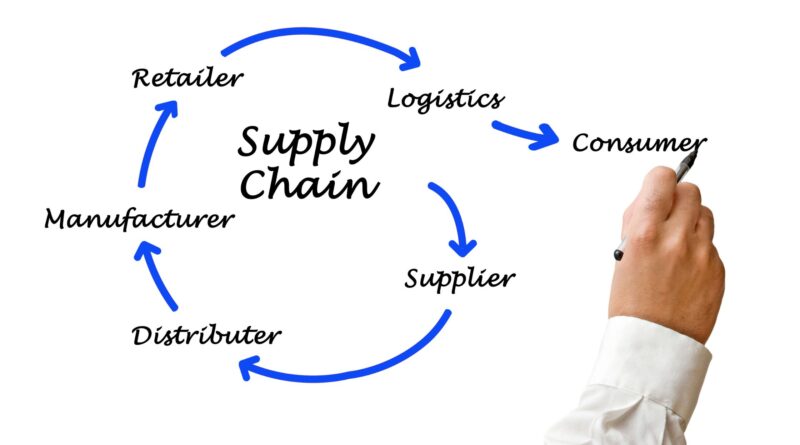What are the 6 types of supply chain management?
The supply chain is the oil that keeps the business machine running smoothly. The supply chain management process starts with acquiring resources, going through various other steps, and finally delivering the end product to the vendor.
Here are the six different types of supply chain management and their overviews.
Table of Contents
Fast Chain
The responsiveness of the fast supply chain management concept is designed in. It’s perfect for producers that often alter their product lineup. This style works best for trending goods with brief shelf lives.
The manufacturer that can flood the market in this instance before the trend cycle is over is the winner. This concept shows the competitive advantage of the first adopter.
However, the marketing division and the designer are the real forces behind the fast food company. In other words, you’ll be the first to market if you can start your own trend. In essence, art is what drives this concept.
Continuous
A supply chain management designed for continuous, predetermined delivery of commodities is known as a continuous model.
This paradigm guarantees a constant flow of resources and goods. It can only exist in a stable supply and demand setting, often with developed supply chains for well-known brands and little volatility in the client demand profile.
A well-known illustration of continuous supply chain management is PepsiCo. No of the time of year or the state of the market, the company’s family of beverages and foods retains a sizable consumer base with little to no variety in demand.
In order to make its food and drinks, PepsiCo has built up the logistics of its delivery system to acquire ingredients continually. Vendors are also regularly restocked.
Efficient
The efficient chain model is ideal for companies operating in highly competitive markets where maintaining a competitive edge requires high levels of efficiency in delivery logistics.
This approach prioritizes efficient inventory management and getting the most out of production workers and equipment. General Mills utilizes an effective chain model because it creates products comparable to those of its rivals and sells to the same customers.
General Mills understands that a significant portion of its profit will be found in cutting costs along the supply chain management while assuring suppliers can maintain their products in stock due to the intense competition and thin margins in the breakfast cereal sector.
Individualized Model
A custom-configured approach, essentially a hybrid of the agile and continuous flow models, is useful when many product configurations are necessary.
Anytime there are choices for customer customization, a custom-configured model is probably being used.
For example, this is seen by businesses like L.L. Bean, which allows customers to personalize their bag orders before placing them.
Except for a surge in demand in the late summer, the market for backpacks is relatively stable, but L.L. Bean must be ready for when a certain personalization option becomes more or less popular.
Adaptable Model
A corporation may readily alter production levels, raw material purchases, and transport capacity using the flexible model in order to increase profitability.
The business can increase output when demand is strong and reduce it when demand is low.
Agile Methodology
For a supply chain to qualify as an agile model, it has to have four characteristics: virtual integration, process alignment, a network basis, and market sensitivity.
The company must monitor changes in market demand in real-time in order to implement virtual integration.
Process alignment is all about sharing supply chain management responsibilities throughout the organization.
This is accomplished by maintaining a jointly managed inventory, leveraging collaborative product design, and coordinating the supply chain as a whole.
Conclusion
You are now clear about the 6 types and their individual details. So, chalk out your plan accordingly!




